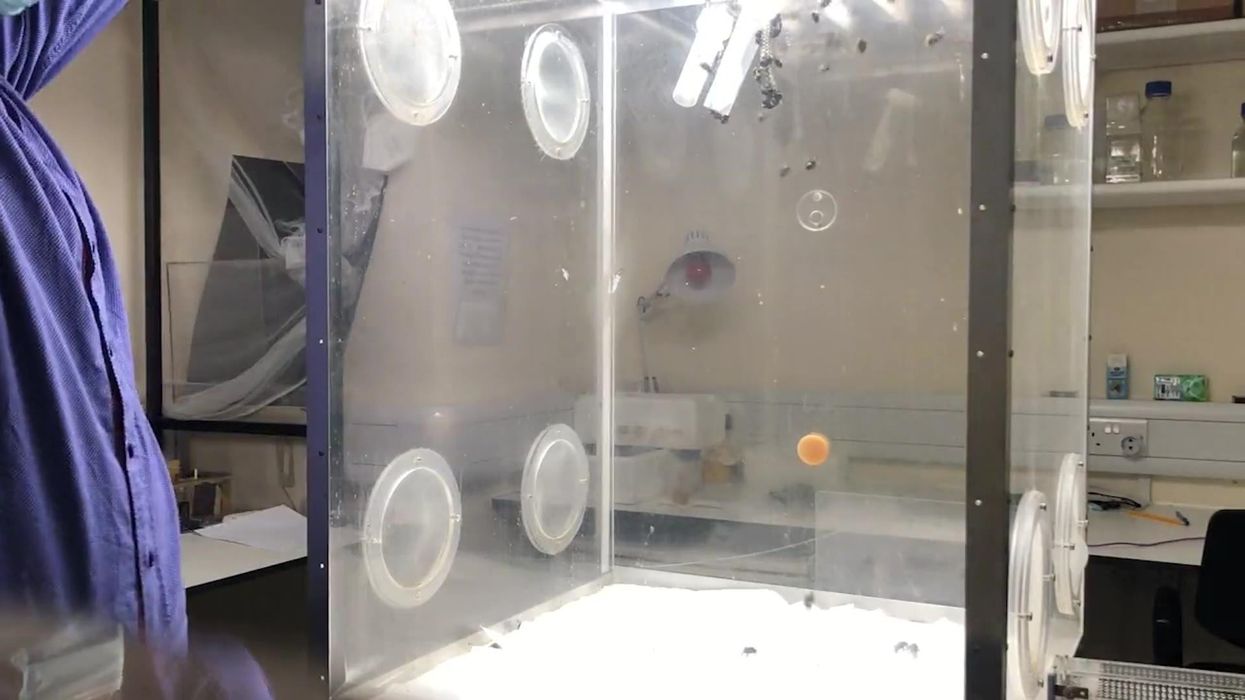Ellie Abraham
Feb 28, 2022
Bees immediately plummet to ground when lights turn off
IndyTV
Science has revealed that if bees get too hot, they can die in a very NSFW way by ejaculating themselves to death.
Researchers have found that when drone bees experience extreme heat, they ejaculate out their internal penis-equivalent organ that is around the size of its own abdomen.
To the untrained eye, a bee that has died in this unfortunate way may look like it has exploded, but scientists explain it’s what happens in its spontaneous final act.
Doctor Alison McAfee is a postdoctoral fellow at UBC’s Michael Smith Laboratories and has focussed on studying bee health.
McAfee explained: “When drones die from shock, they spontaneously ejaculate. They have this elaborate endophallus that comes out and is about the size of their own abdomen. It’s pretty extreme.”
One clip has shown the incredible teamwork of bees as two worked together to open a bottle of Fanta. But as extreme heat becomes more frequent, they may be under threat.
Sign up to our new free Indy100 weekly newsletter
McAfee was alerted to high numbers of bee deaths across British Columbia during a heatwave across the province in the summer of 2021.
BC beekeeper Emily Huxter noticed lots of dead drone bees on the ground and sent images of them to McAfee.
Other beekeepers noticed similar mass deaths of drone bees and were concerned about what it might mean for the health of their hives.
In a study by McAfee and her team, they attempted to find ways to prevent bees from “explosively ejaculating” to their deaths in the extreme heat.
Some of the methods she tried was putting a so-called “cooling station” of sugar syrup close to the hive and putting a styrofoam lid on the hive.
She explained: “Bees will naturally go find water to bring back to the hive and fan it with their wings to cool down, which achieves evaporative cooling much like we do when we sweat.
“Giving them syrup nearby should let them do the same thing, and the sugar in it motivates them to take it down faster.”
Her research found that, compared to a control hive, those with cooling stations nearby were 1.1°C cooler and those with a styrofoam lid were around 3.5°C cooler.
Have your say in our news democracy. Click the upvote icon at the top of the page to help raise this article through the indy100 rankings.
Top 100
The Conversation (0)













